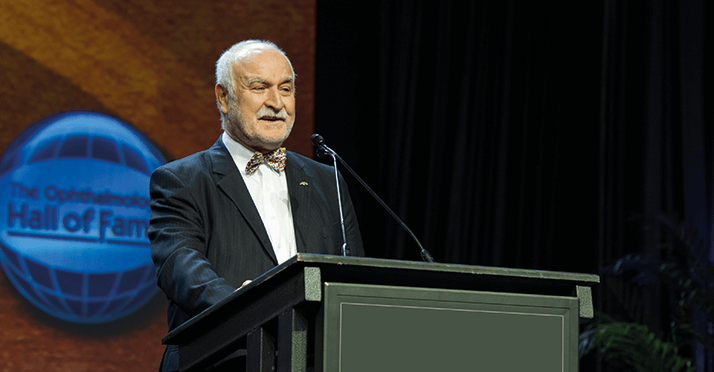



Theo Seiler topped The Ophthalmologist’s 2014 Power List, for good reason – he’s a refractive surgery pioneer, having developed the first clinical dye laser and invented corneal cross-linking. He performed the first ever PTK (phototherapeutic keratectomy), PRK (photorefractive keratectomy) and wavefront-laser guided surgical techniques on the human eye, and was also the first to combine LASIK and rapid corneal cross-linking.
